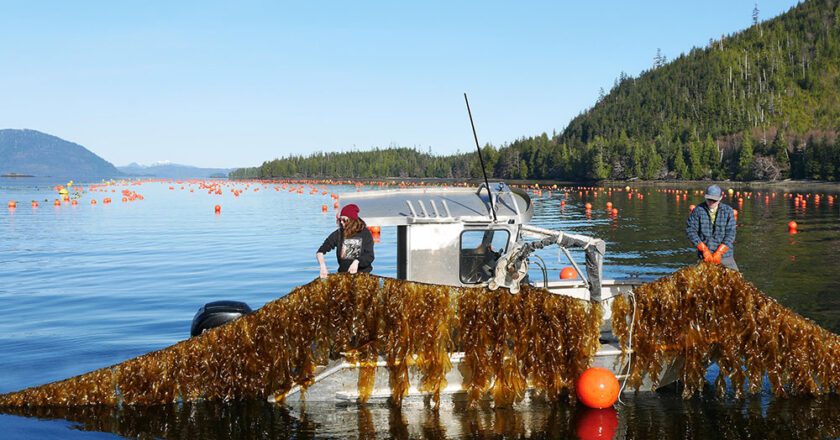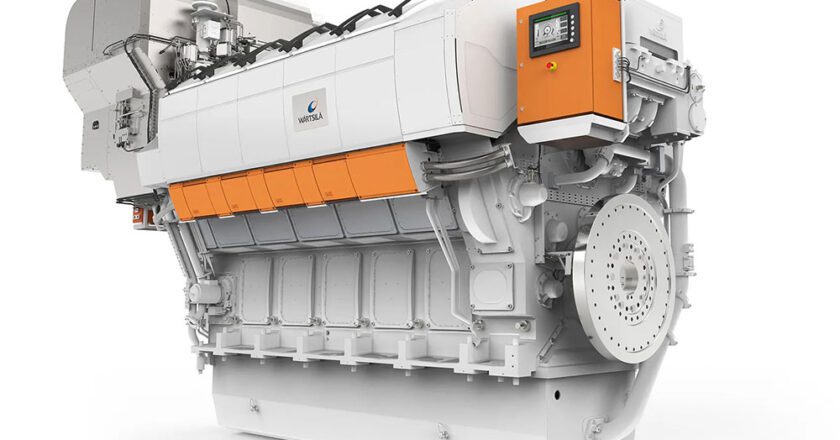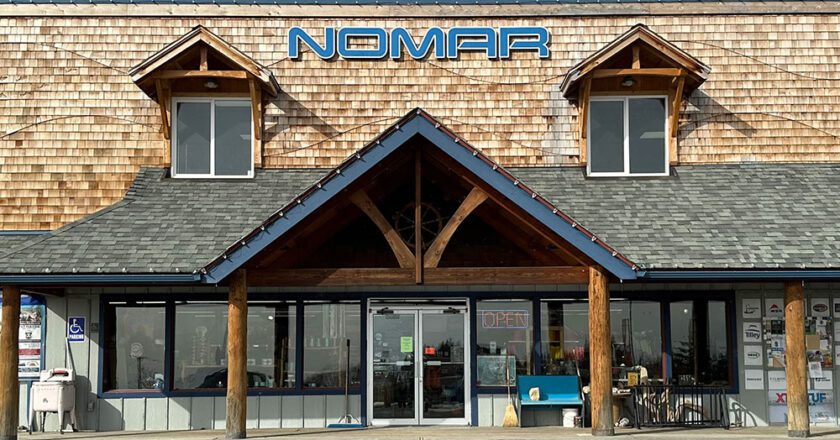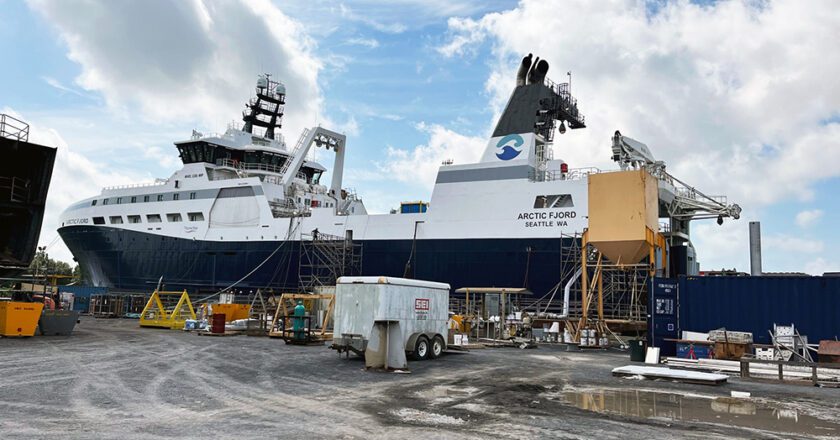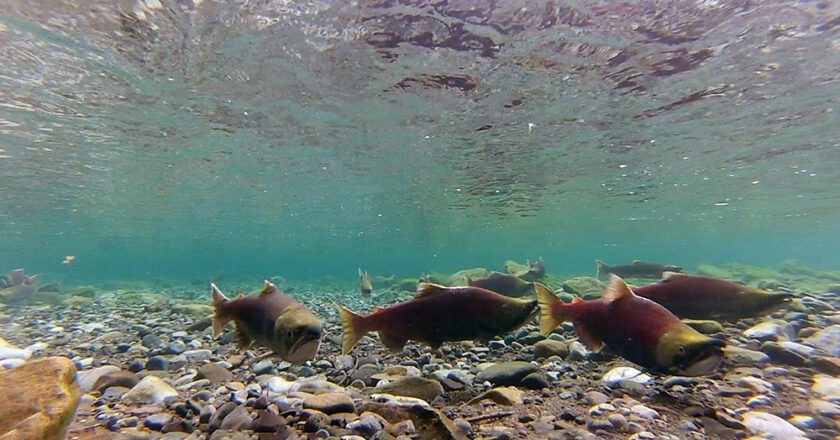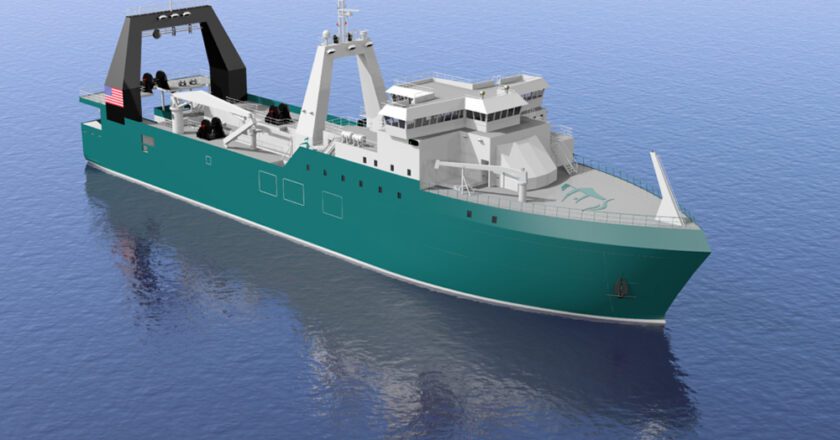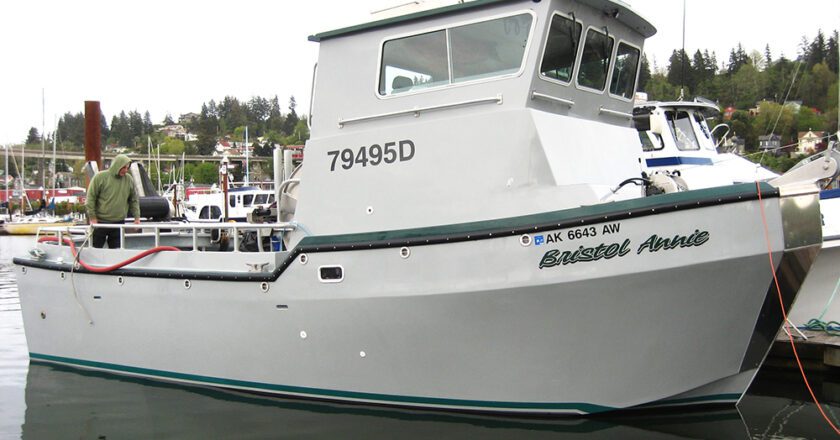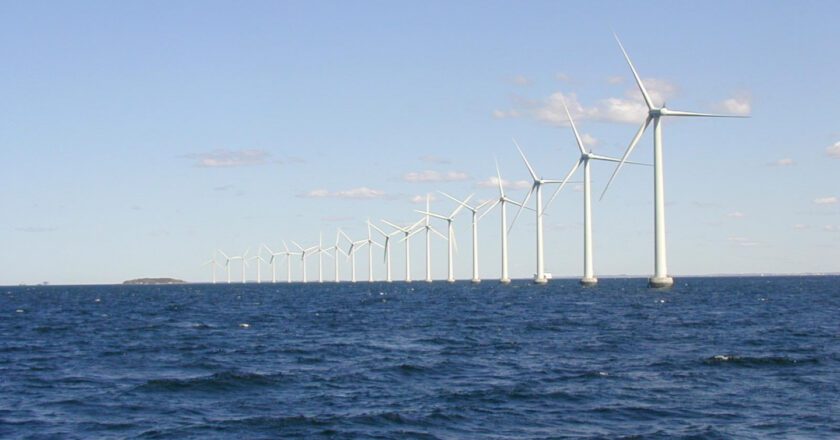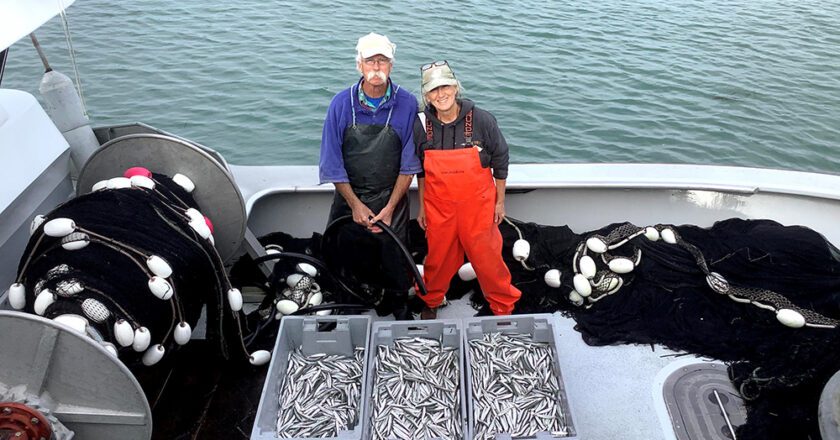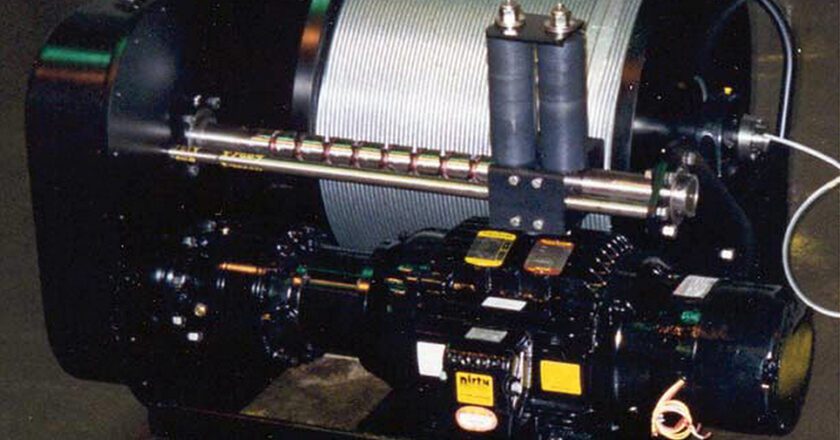Marine Aquaculture: Is it the Future of Seafood
While the concept of marine aquaculture – the nurturing and harvesting of aquatic plants and animals – has been around for decades in the U.S., the practice has been gaining more traction in recent years.
Factors such as climate change and the growing consumer demand for seafood have been driving the conversation about whether aquaculture could be a viable alternative to the wild-caught seafood industry.
Interest for seafood has been growing, especially among those with resources and consumers who are health and environmentally conscious.
“As people become more affluent around the world, there’s more capacity to pay for that seafood, and what I’ve seen recently is a large (segment) of the environmental community … have come to recognize this as well,” said Neil Anthony Sims, a marine ...

